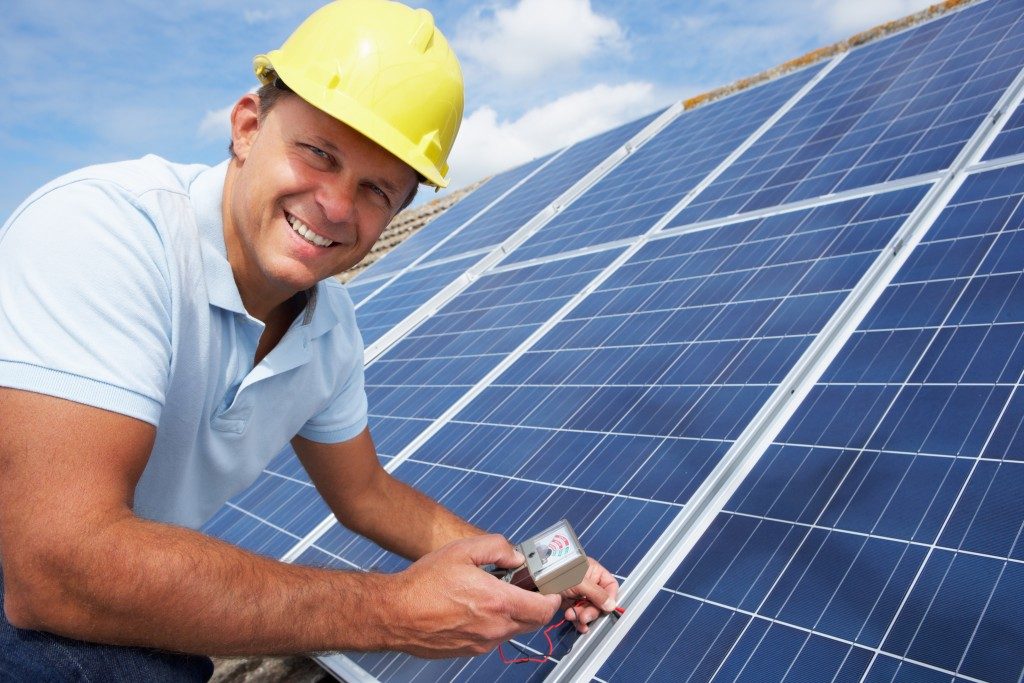Carbon emissions in Australia have reached an all-time high of 558.3 million tonnes, so managing your carbon footprint is crucial. There are many ways to live a little greener, from choosing sustainable products to recycling. But if you have the budget and the time, you can also renovate your home into an eco-friendly space.
An Efficient Home
A design that focuses on the environment can help you save thousands of dollars as well as maintain a comfortable even visually pleasing home. For instance, a property with passive design may not have to rely on artificial cooling or heating. This type of design factors in orientation, airflow, thermal mass and double glazing, among others to keep you comfortable no matter the temperature.
In addition to smart design, material selection and sustainable features play a crucial role in creating an eco-friendly home. Consider the following:
- Choose reclaimed wood, which comes from recycled wood taken from old buildings, like demolished barns, factories and warehouses. Recycled materials reduce waste from your construction project; up to 40 per cent of wastes come from construction sites. You can replace an old door with ceiling-mounted sliding doors from an old barn. Alternatively, you can choose timber from a sustainably managed forest.
- Use UV films over your windows. These retain heat during winter and keep your house cool in the summer. It also saves household items from sun damage and overexposure.
- LED lights consume less energy and last longer than fluorescent bulbs. LED lights come in many shapes and sizes, and you can have fun picking a design that matches the style of your home.
- Eco-friendly paint can contain less chemicals and toxins than regular paint. These chemicals harm the environment and your health; switching to eco-friendly ones doesn’t only help the environment, but your health as well.
- You can also make your own paint out of organic materials, like food. Homemade paint is all-natural and does not negatively impact the environment.
- Aside from being excellent design pieces in your household, plants help purify the air, eliminating the need to buy an appliance that does that for you.
- Install a rainwater tank. The water you collect from rainfall can be used for washing your clothes, plumbing and watering your lawn. With this eco-friendly system, you could reduce 20 per cent to 30 per cent of your water consumption.
 Saving Energy Saves Money
Saving Energy Saves Money
Adopting the eco-friendly lifestyle can be pricey in the beginning. You’d have to, for example, buy energy-efficient appliances, which typically costs more than standard ones. The upside to that initial big expense is that you pay less in utility bills because the pricier appliance will use less energy. How much can you save?
The average Australian household now pays $1,750 on electricity every year. Forty per cent of that goes to cooling and heating the home. Energy-efficient appliances could provide savings of 30 per cent to 80 per cent. Australians can save about $6 weekly when they replace standard appliances with eco-friendly ones.
According to a review of the country’s energy-saving appliance scheme, Australia is able to save money by cutting its emissions. The Department of Industry reports that the value of energy saved, thus far, from this program was about $3.2 billion.
Clearly, it pays to live an eco-friendly life. And you can start when you remodel your home.

